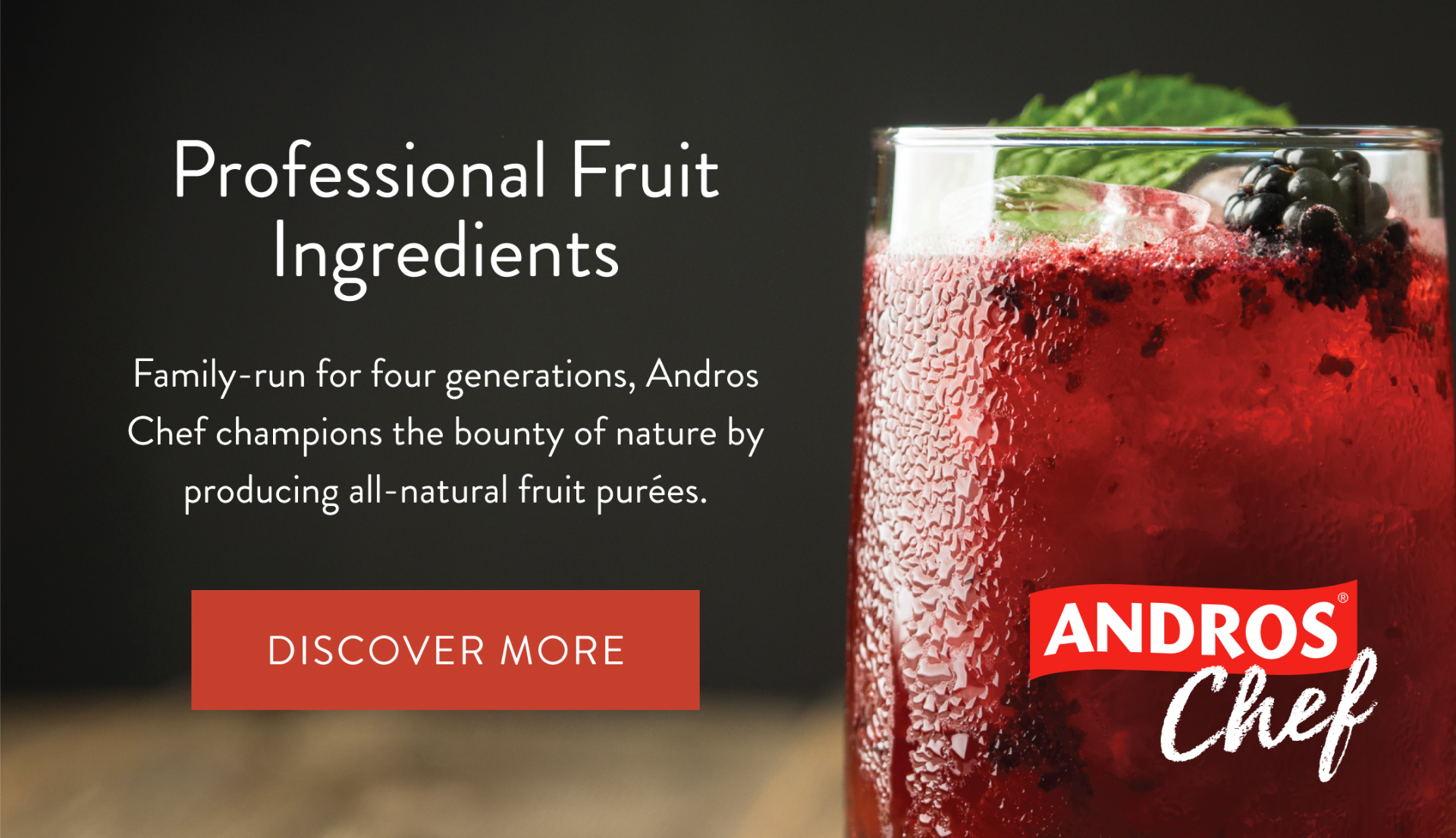
Understanding the Menu Adoption Cycle (MAC)
The Internet is full of food trends, but how do you decide which ones to bet on? As it turns out, trends follow a fairly predictable path. Understanding where a certain ingredient, cuisine, or dish falls on that journey can help you decide if a trendy item is a good fit for your restaurant. Enter: the Menu Adoption Cycle, or MAC for short. The MAC is a simple, data-informed way of visualizing how food enters the industry and becomes a household name – or becomes stuck in a market silo forever.
The MAC breaks down four market classifications: inception, adoption, proliferation, and ubiquity. The inception stage is when we consider food to be at its trendiest – think rotating sushi bars, gold-topped ice cream, and ethnic delicacies unfamiliar to the US market. Some White Toque items that fall into this segment include Kalamansi fruit purées or coulis—a favorite ingredient among trendy mixologists serving customers in high-end bars. Many ideas get caught in this stage, thriving then petering out at high-end, upscale restaurants. Others survive and move on to the adoption phase. This is when you’ll really want to keep an eye on an item – when a once-trendy food begins to appear at casual independent restaurant menus and in specialty grocery stores, it indicates a growing interest from a wider audience. Ethnic dishes like falafel and stir fry tend to succeed at this stage.
Depending on your business interests, you may want to consider incorporating items into your own menu after they enter the adoption phase. If your market is still a bit broader, wait until indicators of proliferation appear – you’ll know a dish is catching on when it appears in traditional supermarkets. As an example, traditional Latin American ingredients like yucca, as well as popular desserts like churros are starting to populate on grocery store shelves around the country—entering the proliferation stage and one step closer to mass adoption.
Finally, a cuisine has earned its spot in a culture’s heart and soul when it enters the ubiquity phase, dotting the shelves of dollar stores, drugstores, and the like. There are many such cases among our offerings, such as quinoa, quiche, and truffle-infused products, which have entered the ubiquity stage. In the recent past, foods like quinoa could only be found in certain types of restaurants, like those catering to a nutrient-conscious, organic, vegetarian and/or vegan diet. Even though they began as bold menu items by enterprising chefs, as time passed, these items have become established as staples at the grocery store and in home kitchens—definite examples of ubiquitous food.
For those visual learners out there, please enjoy this quick and easy visual breakdown of the Menu Adoption Cycle. And happy MACcing!


